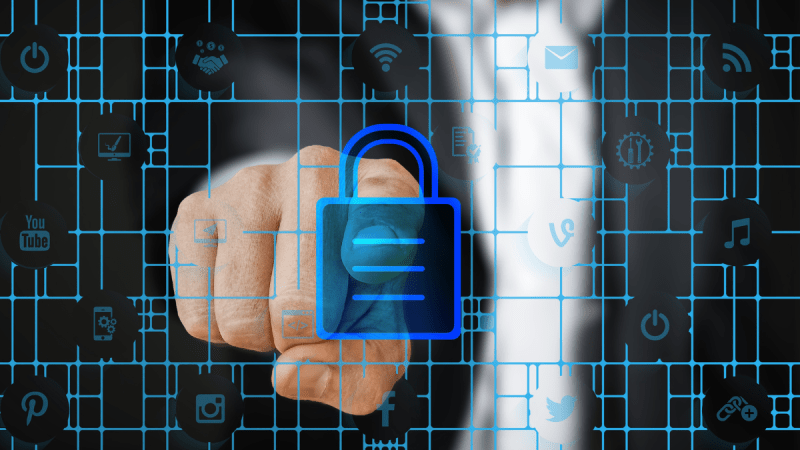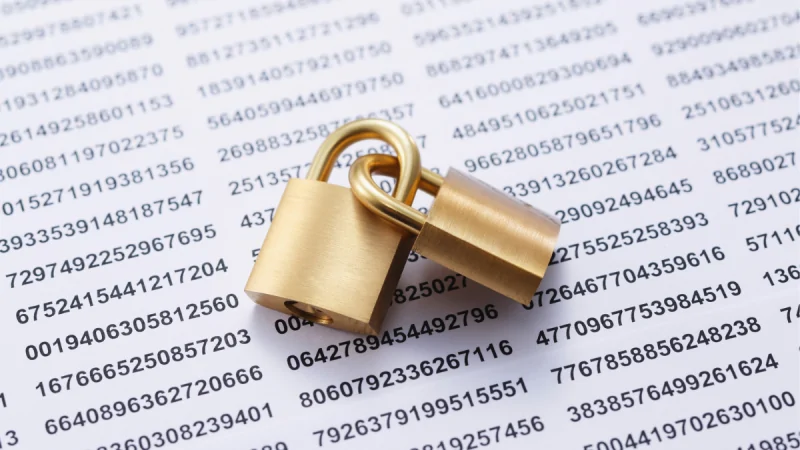The future of password security: alternatives to traditional passwords

The future of password security: alternatives to traditional passwords
Passwords have long been the standard method for securing online accounts and personal data. However, as technology advances and cyber threats become more sophisticated, traditional passwords are no longer sufficient for keeping our information safe.
In recent years, there has been a growing interest in exploring alternative methods for password security. In this article, we will discuss some of the most promising alternatives to traditional passwords and their potential for securing our digital identities.
- Biometric authentication: Biometric authentication uses unique physical characteristics, such as fingerprints, facial recognition, and voice recognition, to authenticate a user’s identity. Biometric authentication is becoming more common in consumer technology, such as smartphones, and is also being used in some workplace settings. Biometric authentication is generally considered to be more secure than traditional passwords, as it is much harder to fake or steal someone’s biometric data. However, there are concerns about privacy and the potential for biometric data to be hacked or misused.
- Two-factor authentication: Two-factor authentication (2FA) is a security process in which users provide two different authentication factors to verify their identity. This might include a password, followed by a code sent to the user’s phone, or a fingerprint scan followed by a security question. 2FA is a widely used alternative to traditional passwords, providing an extra layer of security that can prevent many types of cyberattacks.
- Passwordless authentication: Passwordless authentication eliminates the need for users to enter a password entirely. Instead, users can log in to their accounts using biometric or device authentication methods. Passwordless authentication has gained popularity in recent years, as it is often seen as more convenient and secure than traditional passwords. However, there are concerns about the potential for user data to be compromised if a device is lost or stolen.
- Multi-factor authentication: Multi-factor authentication (MFA) is a security process that requires users to provide more than one form of authentication to access their accounts. This might include a password, followed by a fingerprint scan, followed by a security question. MFA is often used in conjunction with 2FA, and it provides an extra layer of security that can prevent many types of cyberattacks.
- Behavioral authentication: Behavioral authentication is a method of authentication that uses machine learning algorithms to analyze a user’s behavior and determine if it is consistent with their previous activity. This might include analyzing typing patterns, mouse movements, or even the way a user holds their device. Behavioral authentication can be used in conjunction with other authentication methods, such as passwords or biometrics, to provide an extra layer of security.
In conclusion, traditional passwords are becoming less effective in protecting our digital identities from cyber threats. As a result, there is a growing interest in exploring alternative methods for password security.
Biometric authentication, 2FA, passwordless authentication, MFA, and behavioral authentication are all promising alternatives that can provide an extra layer of security for our online accounts and personal data. However, each of these methods has its own advantages and disadvantages, and it is up to individual users and organizations to choose the method that best suits their needs.
Ultimately, the future of password security is likely to involve a combination of these methods, rather than relying solely on traditional passwords.






